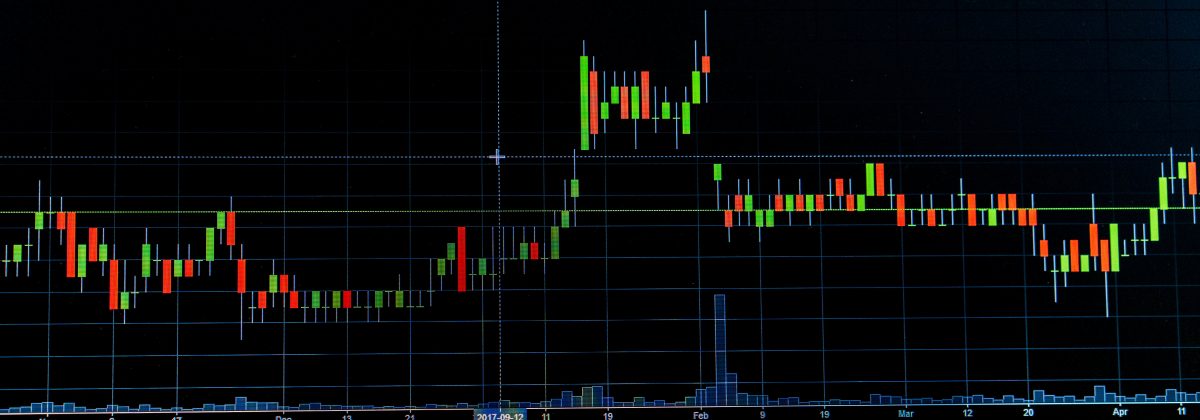Traders love to micro-manage their entry decisions, down to the last few pennies. Of course, this is important, but what can make or break the trade is choosing the right exit point. There are countless stories of traders holding on to trades in the hope of making just a few more bucks, only to find that the market has moved against them, costing them much more than they could have profited. In fact, recent studies have revealed that the performance of entry strategies could be significantly enhanced with a well-informed exit decision.
So, how can you establish a good exit strategy? The first step is to decide the time period of the trade, such as:
- Day Trading: As the name suggests, here you enter and exit trades on the same day, without holding any overnight positions.
- Swing Trading: This usually entails holding positions for hours or even days to benefit from short-term price fluctuations.
- Position Trading: This is a long-term strategy that involves using technical and fundamental analysis on weekly or even monthly charts to make trading decisions. Here, positions can be held for months or even years.
- Investment Timing: This involves holding a position from a few weeks to months. Again, this is a long-term strategy.
There are only two ways you can exit a trade, by either making a profit or by incurring a loss. Take profit and stop-losses are terms used for the type of exit being made. A trader may consider the following factors before developing an exit strategy:
- The time you are willing to spend in the trade
- The risk appetite for that particular trade
- The profit point or a point where you would like to exit the trade.
Here’s a look at various things to consider while developing an exit strategy.
Change the Way You Think About Trade Exits
Traders usually think about rewards and profit levels when deciding on exiting a trade. However, many might miss out on considering a stop-loss level or a pre-calculated level beyond which you will incur losses. Very often, trading decisions are made based only on the perfect entry level, without much thought given to when to get out of the trade. What this does is tempt the trader to hang on to a position in hopes of further profits.
It is important to manage stop-losses and risks associated with trading. This will make the difference between your long-term success or your account getting wiped out in a single trade. It is best to live and fight another day by taking on small losses than waiting to hit the jackpot in a single trade.
Accept You are Not Going to Make Profits in All Trades
Whatever fairytale stories have been spread about trading, the reality is that even the most successful traders do incur losses from time to time. How you manage the loss-making trade will determine your future in the market. These can be great learning experiences, helping you hone your strategy. This is why it is always recommended to keep a trading journal and go back to analysing past trades.
Be Flexible, Not Emotional with Your Exits
As a trader, your trading decisions should be purely based on logic and analysis, rather than emotions. This will help you adapt to changing market scenarios with ease. Some things that can help you remain flexible with your exit strategy are:
- Profit Targets: Traders think that the market is moving in their favour and end up pushing their initial targets further away. This leads to losses or smaller profit than expected. Before moving your targets and exiting manually, you should consider whether your decision is based on emotions or logic. Moving a target away from your original plan when the market moves in your favour is mostly a decision made out of greed. A trader should play out the pre-planned strategy and then use the learnings to prepare for the next trade. This develops a disciplined trading habit.
- Stop-Losses: You may consider being a bit rigid with stop –losses. A trader must exit a position if the market moves against them. This is why stop-losses are put in place. The position will automatically be terminated when the market falls to a pre-decided price level. Exiting a trade manually before the stop-loss target may also eliminate chances of making profits if the market witnesses a turnaround and starts going in your favour. This will impact your long-term trading strategy. A stop-loss must be only moved to reduce your loss on the trade.
Sometimes a Smaller Profit is Beneficial
It is also beneficial to exit a trade with a smaller profit if the market action is telling you to do so. Even if you haven’t reached your risk-reward ratio but all signals point towards prices moving against you, or the market is stagnant for a long time, you may consider exiting a trade with smaller than expected profits, rather than wait for a turnaround.
Set Your Targets and Wait
Once you enter a trade, don’t interfere with it, except in exceptional cases, such as a major economic or political event. So, while it is important to stick to your strategy, 100% rigidity could also prove costly. It is a fine balance that needs to be maintained. The best way to do so is through remaining in touch with market news.
There are several factors to be considered before exiting a trade. A strategy may reduce risks and increase the potential for profit making, even when the market movement seems unfavourable. There is no best strategy or method to exit a trade. One method will work well for some trades and lead to loss on others. Research has proven that traders end up making more losses when they fail to stick to their trading strategy.
Risk is an inherent part of trading. Traders need to monitor market movements and put in appropriate risk management strategies, of which an exit strategy is an important part. The timing of your exit can decide your long-term success in the market.
Disclaimer
If you liked this educational article please consult our Risk Disclosure Notice before starting to trade. Trading leveraged products involves a high level of risk. You may lose more than invested capital.





